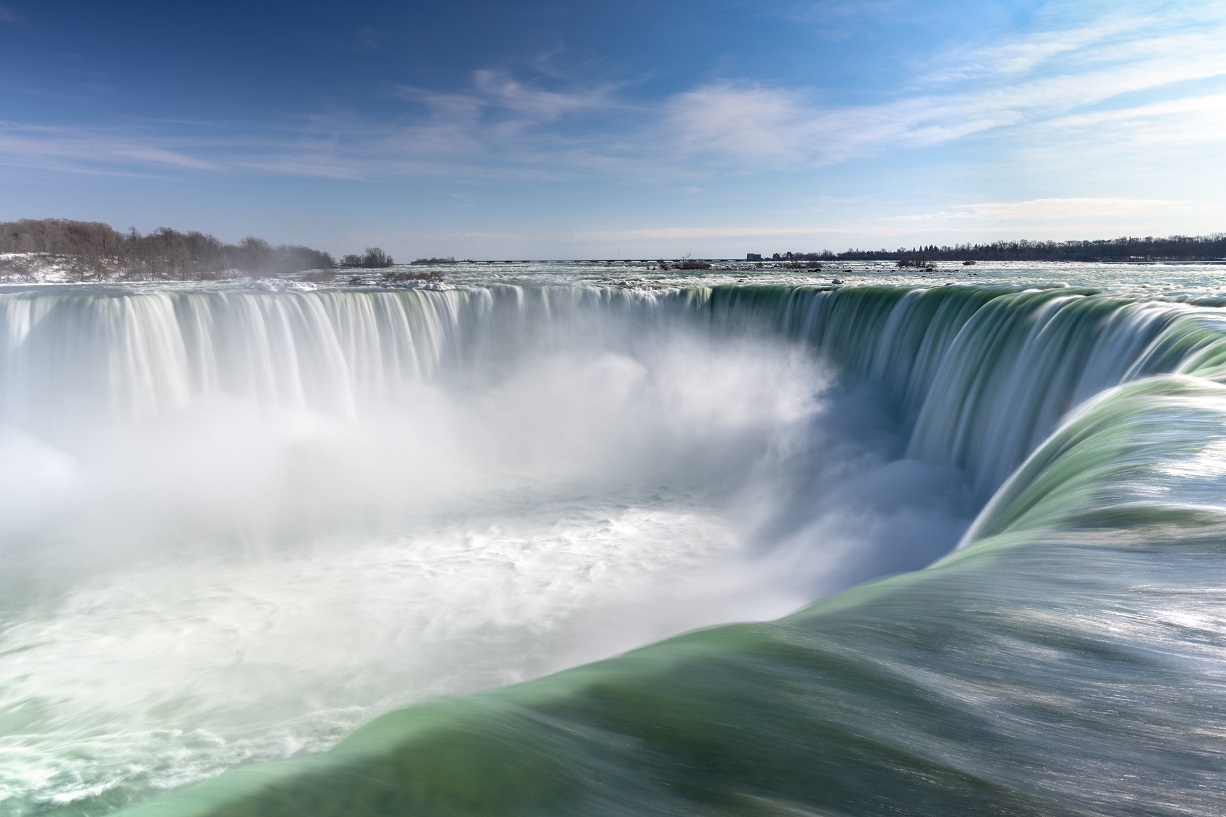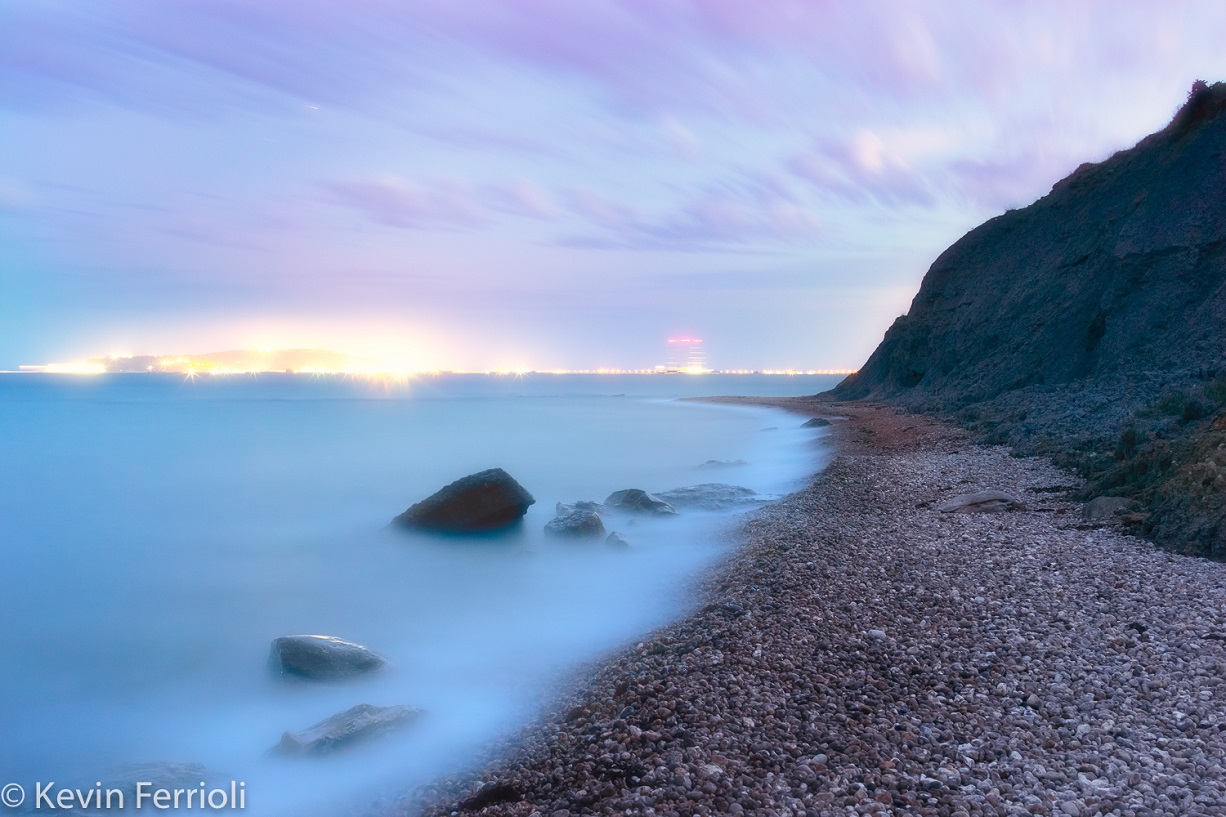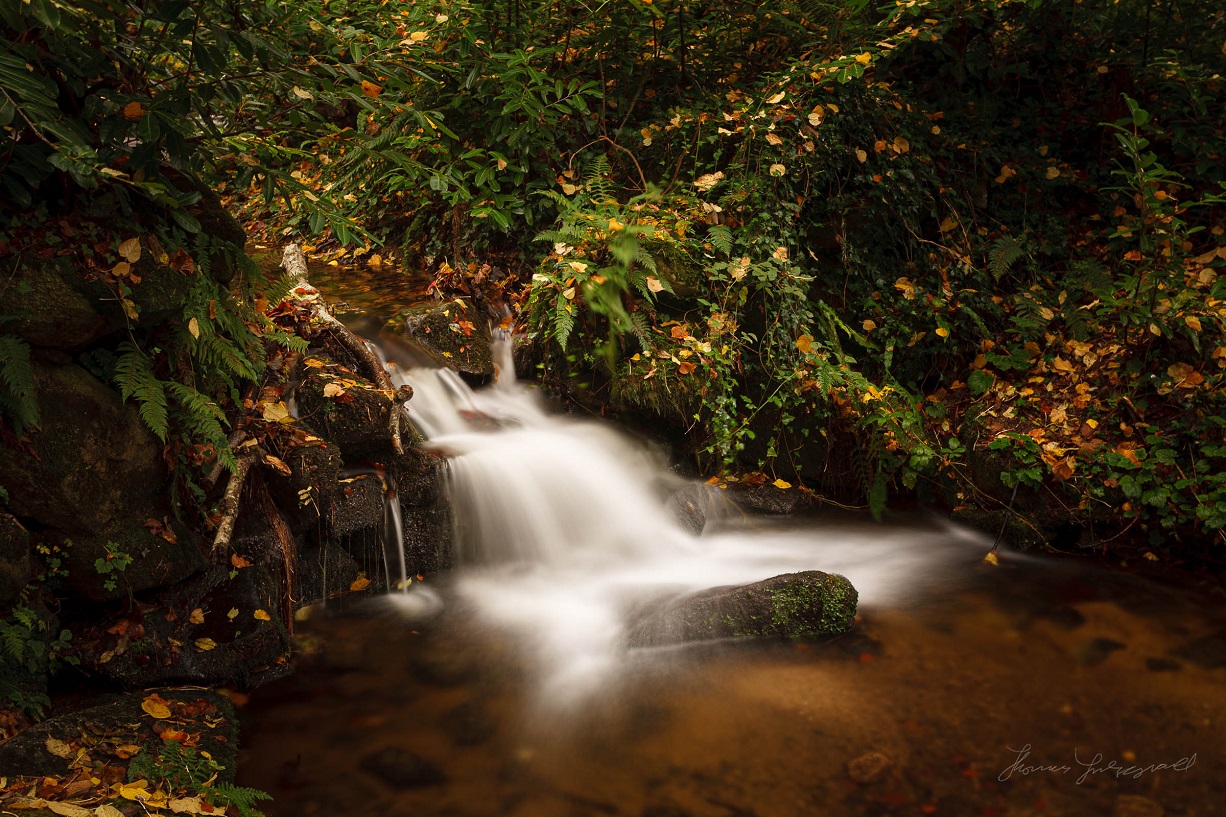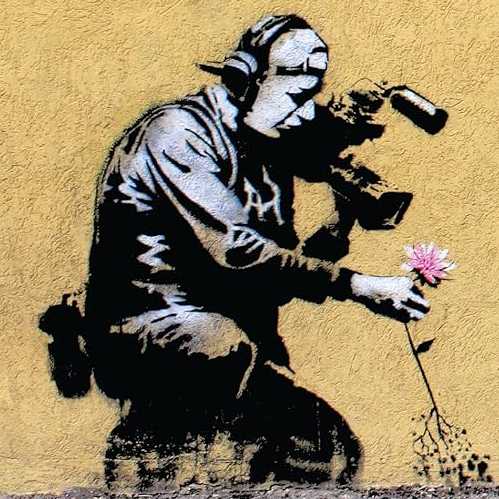What does the ND filter number mean?
01 June 2022
 24
24
 24
24
 738
738
 Reproduction without the author's authorization is prohibited
Reproduction without the author's authorization is prohibited
The neutral density (ND) filter is one of the basic gears that should be included in every landscape photographer’s camera backpack. Many beginners may don’t know how, where, and when to use them. In this article, we will introduce some basic knowledge of it.
What does the ND filter number mean?
ND filters come in different strengths or darkness levels. For the photographer, the easiest way is to have ND filters that tell you how many stops of light they will darken your exposure. Most brands of ND filters label the nd filters with either a factor number or optical density number. But for the photographer, neither of them is referred to the number of stops by which the light is reduced.
There are two common ways of quoting ND filter strengths, and one less common:
2x, 4x, 8x, etc. Sometimes these are referred to as ND2, ND4, ND8, and so on. These refer to the amount by which the light is diminished. An ND2 filter halves the light, while an ND8 filter reduces it to one eighth.
1 stop, 2 stops, 3 stops, etc. Sometimes these are referred to as EV, for exposure value. These are probably the most convenient measurement because they tell you how many stops they'll adjust your exposure by.
Numbers like 0.3, 0.6, 0.9 etc. These are basically just 0.3 x the number of stops of EV. These are less common.
Each stop of exposure value refers to a halving of light, so:
1 stop = ND2
2 stops = ND4
3 stops = ND8
4 stops = ND16
And so on.
Stacking multiple ND filters adds stops, and multiplies strength values.
So, ND500 sounds like a lot, but it'd be the same as stacking an ND16 and an ND32 (16 x 32 = 512; manufacturers round it to 500).
What is an ND Filter?
The neutral density (ND) filter is one of the basic gears that should be included in every landscape photographer’s camera backpack. Many beginners may don’t know how, where, and when to use them. In this article, we will introduce some basic knowledge of it.
The ND filter is a filter that, placed before the lens reduces the amount of light reaching the camera's sensor. It acts like a pair of sunglasses to your lens.

When would I use an nd filter?
One question you probably have is why and in what situations would you want to reduce the amount of light coming into your camera sensor.
Below are 5 situations you might need an nd filter to help.
Landscape
When you want to bring the brightness of the sky down then it would be a perfect time for a certain type of ND filter.
Video shooting
Video shooting with wide aperture lenses outside is another application if you want to shot in a 2.8 or even wider. you are doing the day when it's very bright. way too much light coming into the camera kind of locked into out shutter speed. You cannot turn the ISO down further and that is a problem you can't solve without an nd filter. many high-end video cameras have nd filters built into them.
Strobes
We also applications for strobe use.
Again if you’re trying to go with a very very wide aperture on a sunny day well cameras have sync speed limits which mean you cannot really use super-fast shutter speed and so one of the best ways to manage that is to lower the amount of light coming in-camera through an nd filter
Long exposure
For example, the long exposure shots like if you’re shooting a river or a stream or waterfall and you want to get that misty look. An ND filter is a spectacular way to go. However, it might be confusing in terms of what the grade of nd filter you have. You have to know how dark it is going to get and the problem is these are nomenclatures are used interchangeably so let’s just dive into the chart.
Stop
A stop is an arbitrary amount of light. If you have a shutter speed that’s twice as long as one before. You’re letting in twice the amount of light that is one stop. ND filters are rated in the amount of light that they reduce coming into the lens. so if we say this is an nd filter with the one-stop intensity that means it would let in half the amount of light as it did before and this is how nd filters are rated. So they have different intensities from 1-9 or 10,000?
There’s only a few of them that you really need to worry about I am gonna point those out here.

How to purchase one?
When you go to purchase an nd filter often it is going to have an nd number that will say something like nd 2 nd 4 nd 8 nd 16.
What is that referring to? Now the easiest way to keep track of this is to think of it in terms of fractions
So if you have an nd filter with strength or intensity of 2 all you need to do is turn it into a fraction by putting a 1 above it. So nd filter of 2 is going to let in half the amount of light. An ND filter of 4 is going to let in 1/4 amount of light and so on. So if it’s a 3 stops reduction it’s going to let in 1/8. if it’s a four-stop reduction so it’s an ND 16 it’s going to let in 1/16. if it’s an nd filter than reduces it by 5 stops that would be an nd 32 . and that’s going to let in a fraction of 1/32. and so on and so forth.
What the image effect of nd filters?
Here some more photographs from different F Stops of nd filter:



Situations where ND filters can be applied:
1:Smoothing water movement in waterfalls, rivers, oceans, etc.
2:Achieving a shallower depth of field in very bright light
3:Reducing diffraction (which reduces sharpness) by enabling a larger aperture
4:Making moving objects less apparent or not visible (such as people or cars)
5:Introducing blur to convey motion with moving subjects
The original article was published here and shared with permission.

like
Statement: all contents and remarks made by K&F CONCEPT 's intranet friends only represent themselves and do not reflect any K&F CONCEPT 's opinions and views.
ALL COMMENT 24
Report Project
Please review our Community Guidelines for additional information about what is and isn't permitted on kfconcept.com












